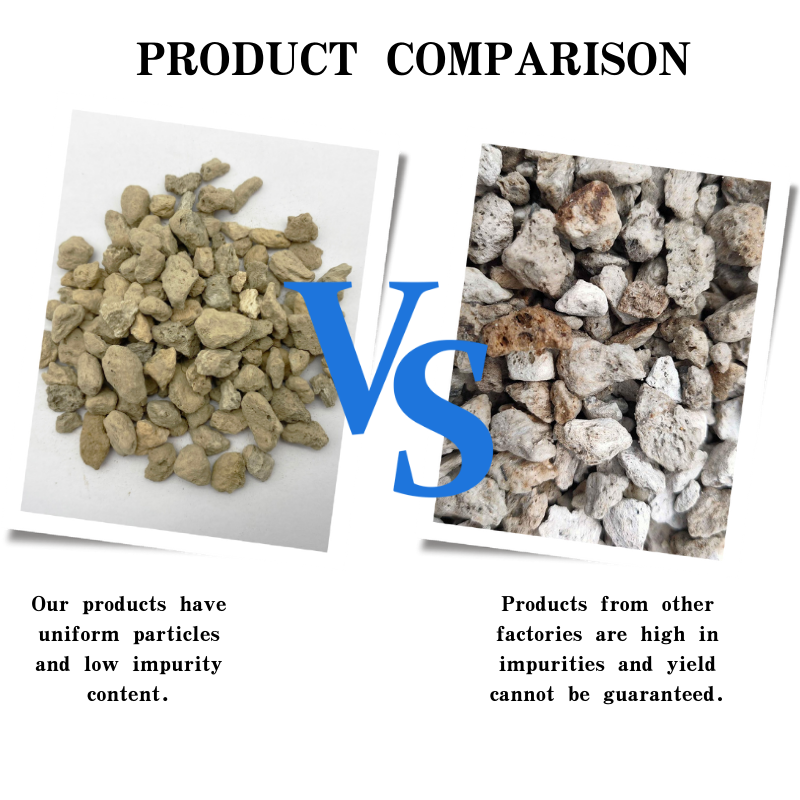
Exploring the Benefits and Uses of Coral Sand in Aquariums for Healthier Marine Environments
The Enchantment of Aquarium Coral Sand A Key Element for Marine Cultures
Setting up a vibrant aquarium is an art form that combines both aesthetics and the delicate balance of ecosystem management. Among the myriad components that contribute to a successful marine environment, coral sand stands out as a crucial element that not only enhances the visual appeal of the aquarium but also plays a significant role in promoting the health and stability of the aquatic inhabitants.
Coral sand, composed mainly of fine particles derived from coral reefs, provides an essential substrate for various marine species. Its natural composition includes calcium carbonate, which aids in maintaining optimal water chemistry. In particular, calcium is vital for the growth and development of corals and other marine organisms, making coral sand a practical choice for reef aquariums. By implementing coral sand as a substrate, aquarists can promote a flourishing environment that closely resembles the natural habitats of marine life.
The Enchantment of Aquarium Coral Sand A Key Element for Marine Cultures
In addition to its visual appeal, coral sand serves functional purposes. The porous nature of coral sand allows for the establishment of beneficial bacteria that play a critical role in the nitrogen cycle. These bacteria help to break down waste products, thereby reducing harmful toxins and maintaining water quality. A healthy balance of beneficial bacteria can lead to a stable environment where marine organisms thrive, which is essential for both beginner and experienced aquarists.
aquarium coral sand

Moreover, the use of coral sand can influence the pH levels of the water. Since coral sand is alkaline, it can buffer the pH, helping to maintain a stable environment that supports the health of sensitive species. This stability is particularly important in reef aquariums, where fluctuations in water chemistry can lead to stress or even mortality among coral and other marine life.
It's also worth noting that coral sand is often more compatible with certain species of fish and invertebrates that prefer sandy substrates for burrowing or foraging. Species like gobies, jawfish, and certain types of shrimp thrive in environments where they can interact with sand. The presence of coral sand encourages natural behaviors, contributing to the overall well-being of these creatures.
However, it's essential for aquarists to be mindful of the source of their coral sand. Over-exploitation of coral reefs for sand can lead to ecological imbalances and harmful effects on marine ecosystems. Instead, many hobbyists are now turning to ethically sourced or artificially created sand that mimics the properties of natural coral sand without contributing to environmental degradation.
In conclusion, aquarium coral sand is much more than just a decorative component; it is a vital element that enriches aquatic environments. From enhancing the visual aesthetics of the aquarium to providing necessary biological functions, coral sand plays a pivotal role in cultivating a thriving marine ecosystem. As stewards of the ocean's beauty, aquarists must choose sustainable practices to ensure the health of both their tanks and the natural environments from which these resources are drawn. In this delicate balance, coral sand emerges as a profound reminder of the interconnectedness of life within and beyond the glass confines of an aquarium.
Share
-
Premium Pigment Supplier Custom Solutions & Bulk OrdersNewsMay.30,2025
-
Top China Slag Fly Ash Manufacturer OEM Factory SolutionsNewsMay.30,2025
-
Natural Lava Rock & Pumice for Landscaping Durable Volcanic SolutionsNewsMay.30,2025
-
Custom Micro Silica Fume Powder Manufacturers High-Purity SolutionsNewsMay.29,2025
-
Custom Mica Powder Pigment Manufacturers Vibrant Colors & Bulk OrdersNewsMay.29,2025
-
Custom Micro Silica Fume Powder Manufacturers Premium QualityNewsMay.29,2025






